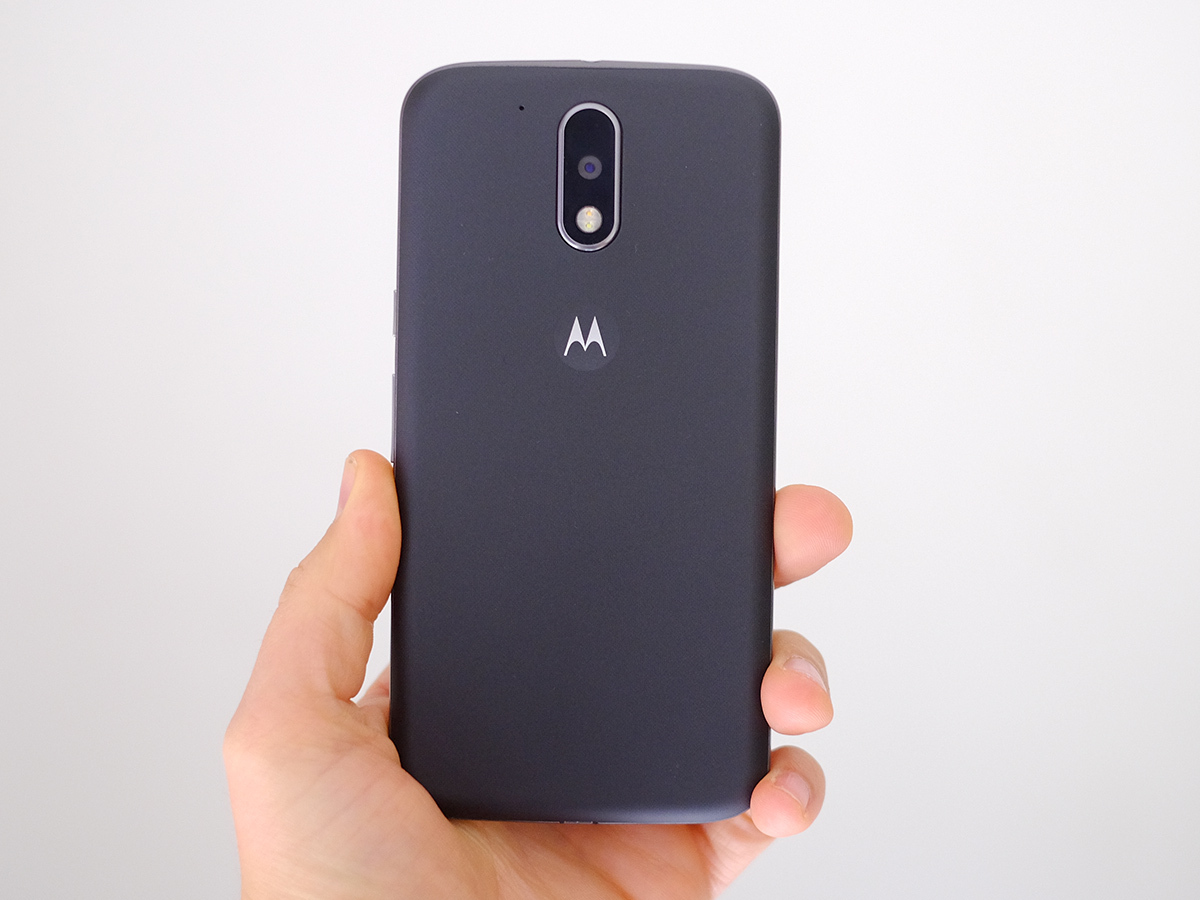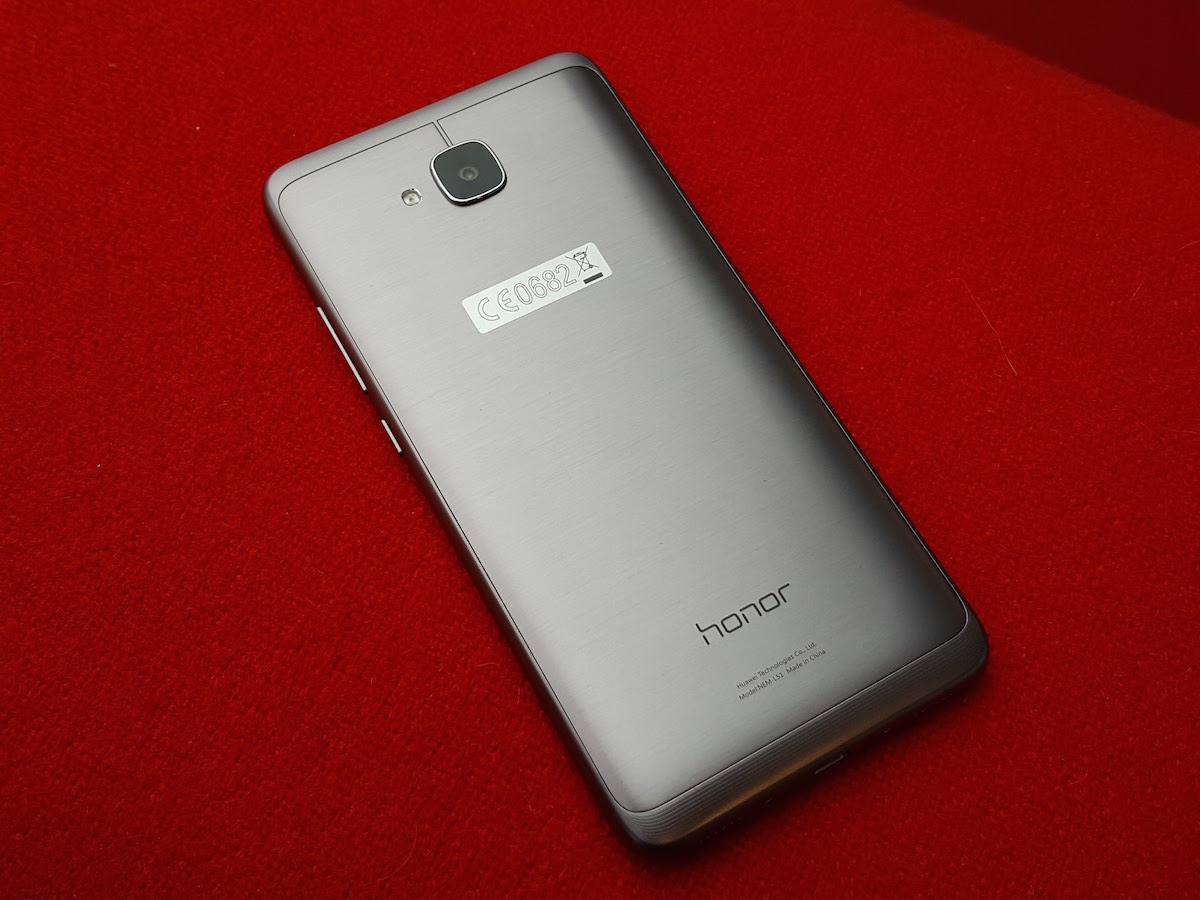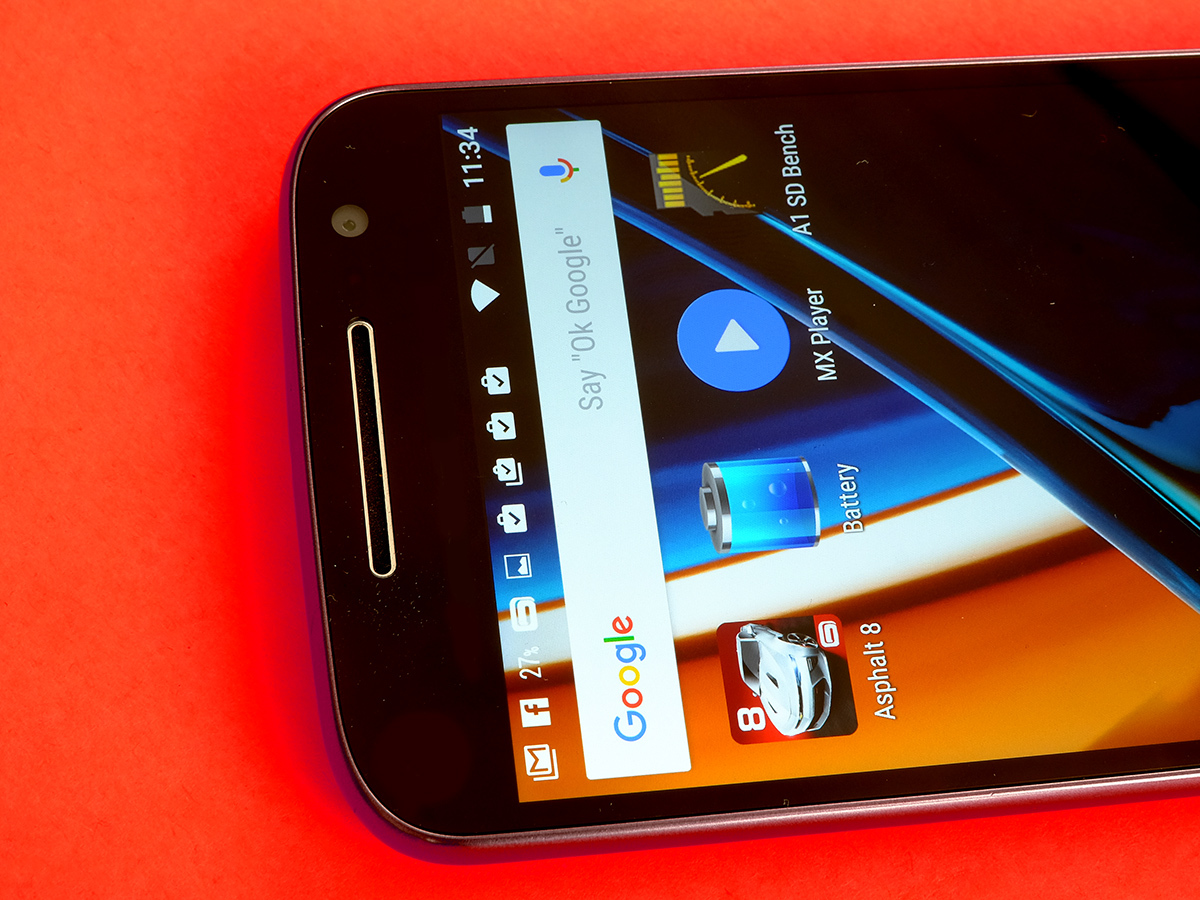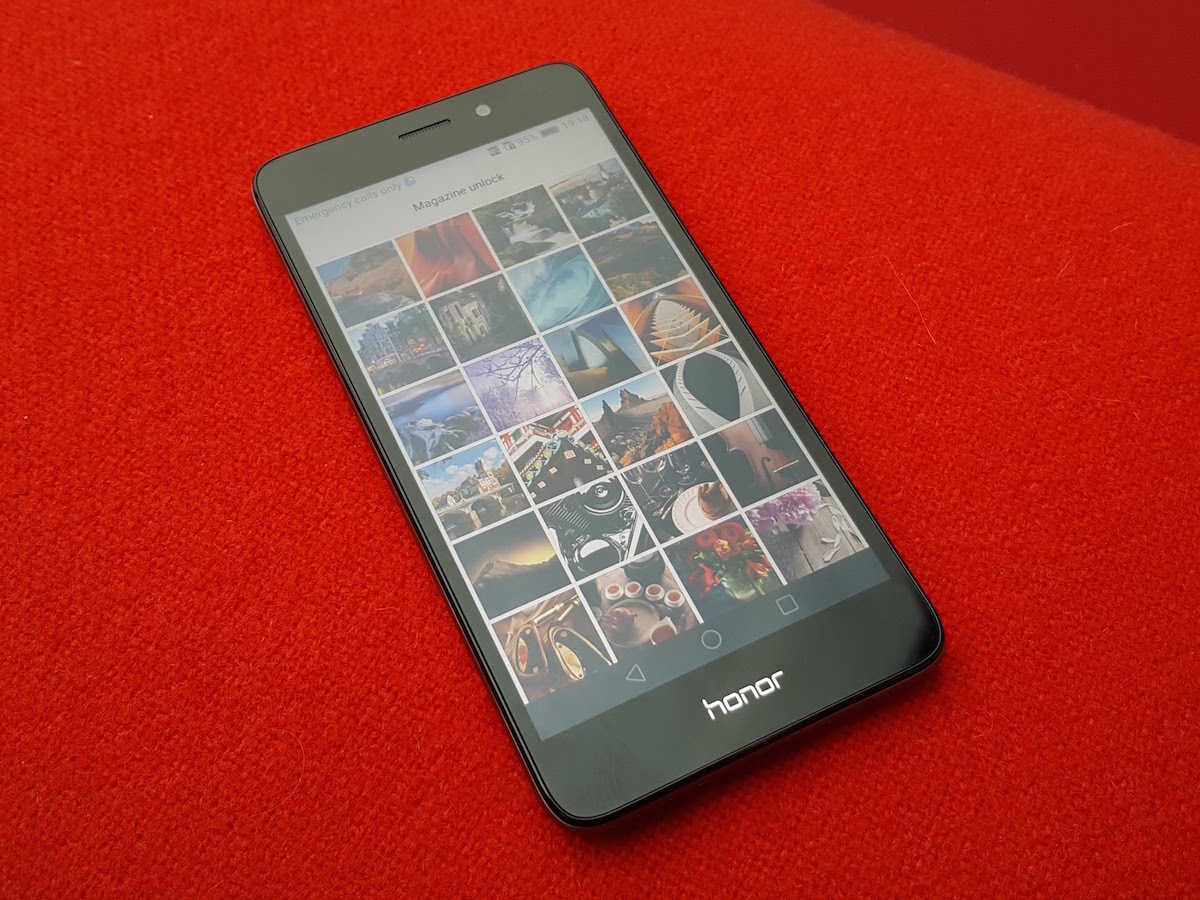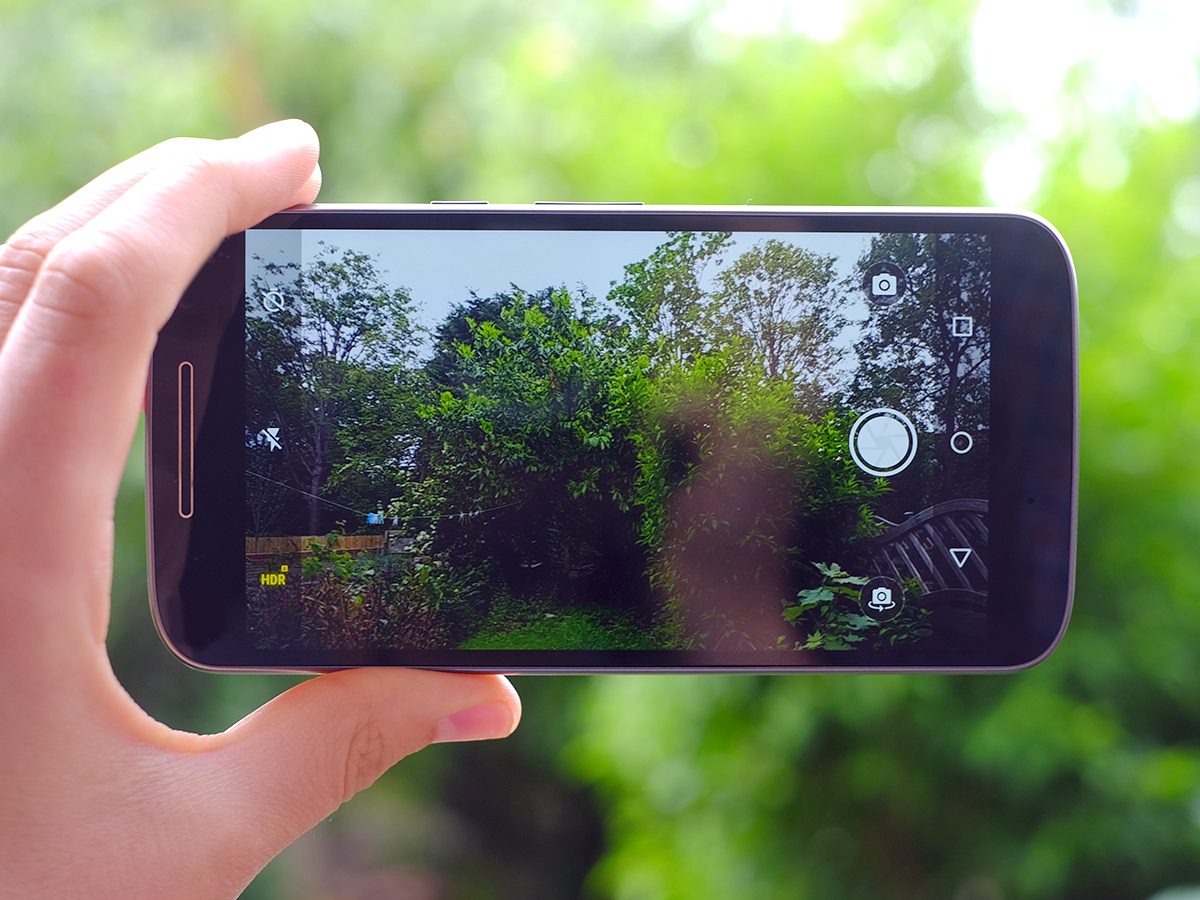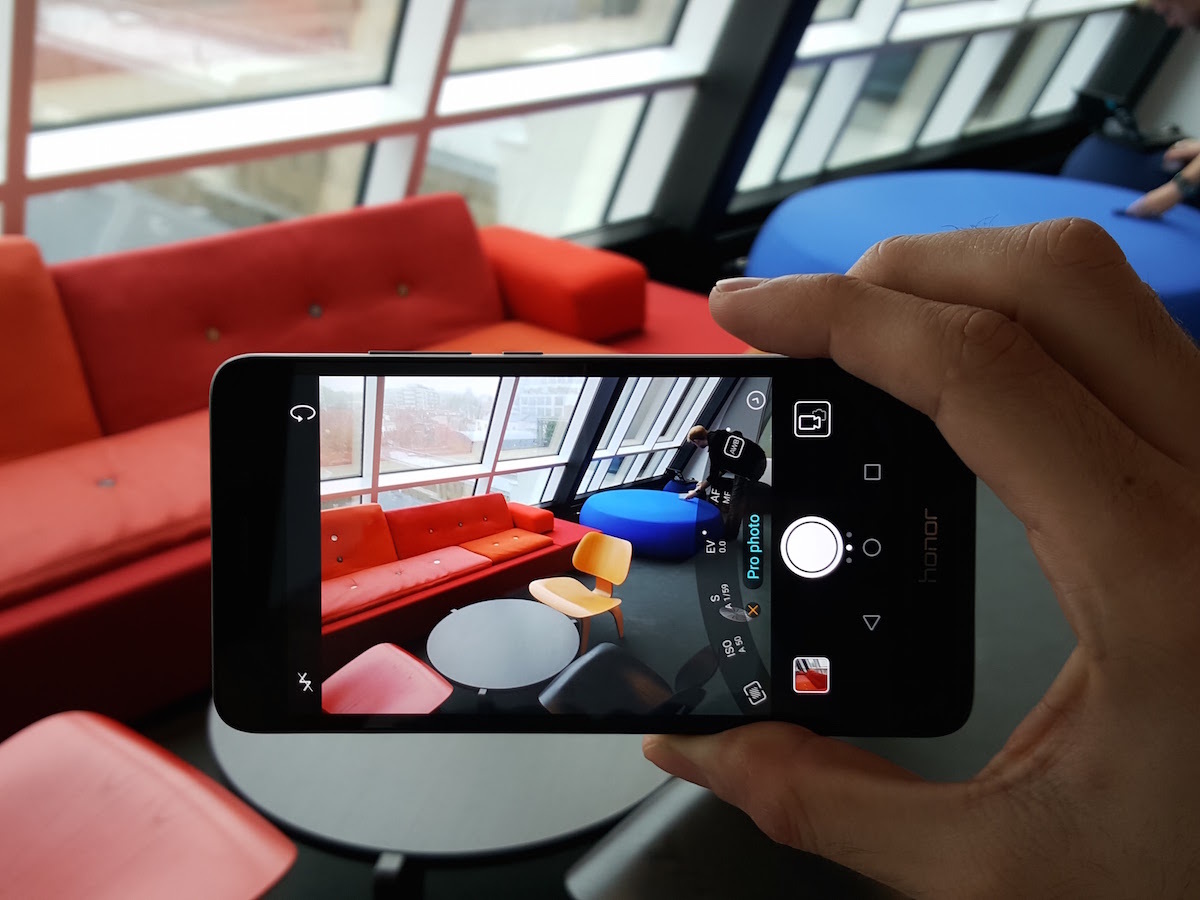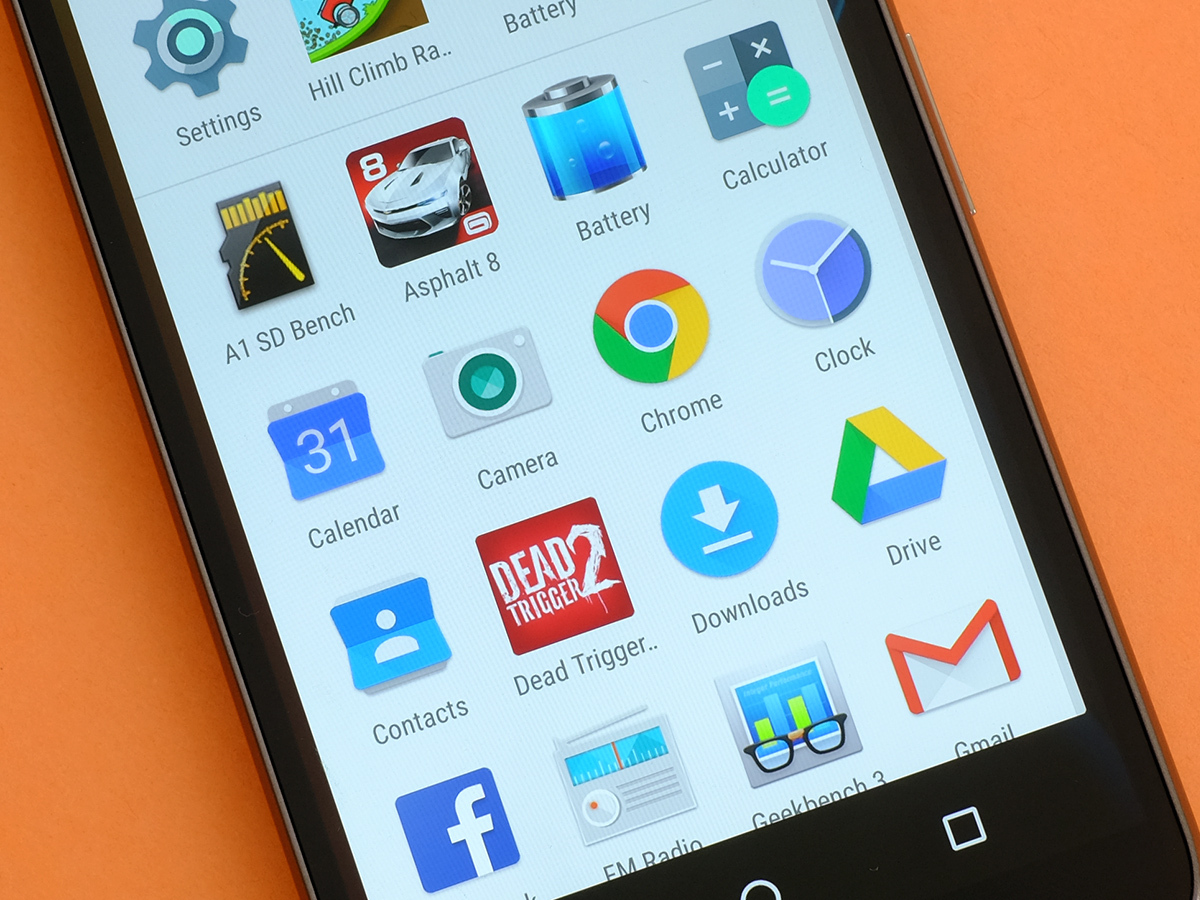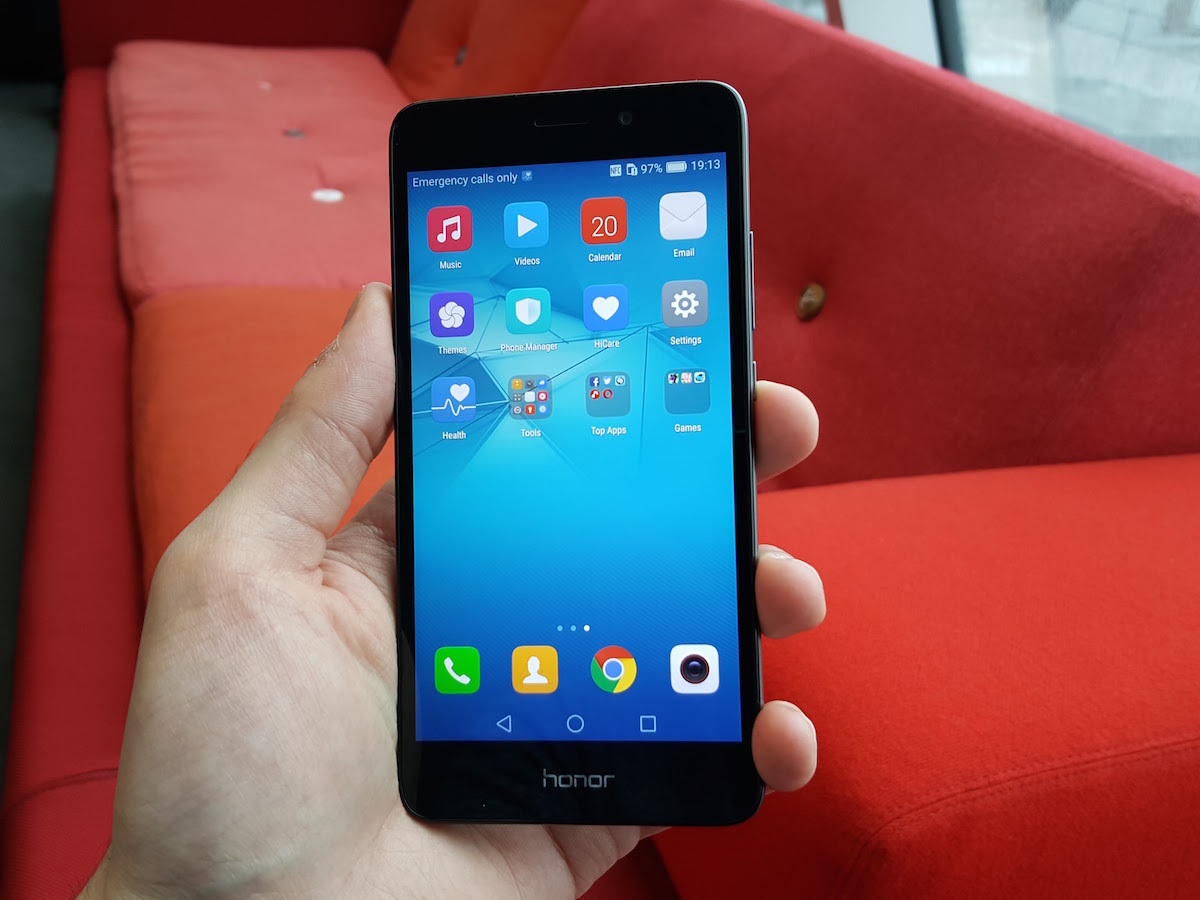Lenovo Moto G4 vs Honor 5C
It's a battle of the low-end contenders, but which should be in your pocket?
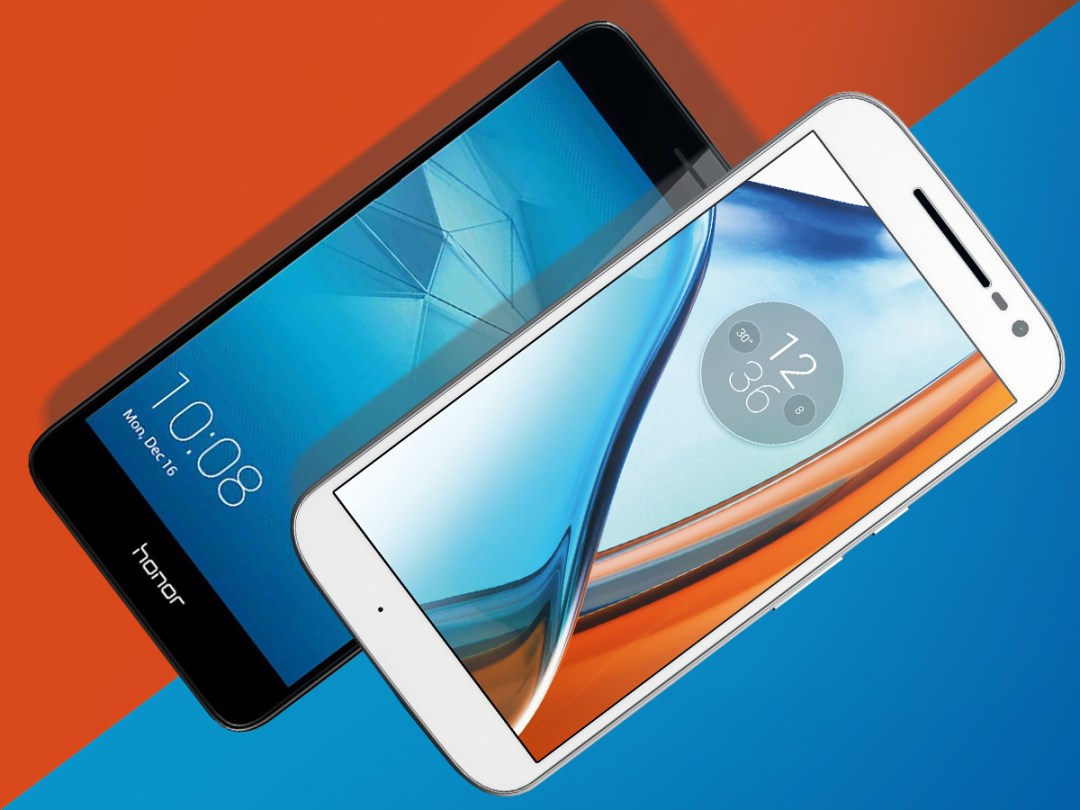
It wasn’t long ago that trying to save money on a phone meant ending up with ultra-dated tech. That’s no longer the case, and Motorola’s original Moto G helped change the trend.
Now under the Lenovo brand, the cheaper Moto is back on top with the Moto G4, a brilliant 5.5in device with plenty of power and perks – not to mention an enhanced Plus version that adds even more functionality. But it’s a more competitive market in 2016, and Honor is fighting back.
Enter the Honor 5C. Recently released, the 5C comes in £20 cheaper than the standard Moto G4 and is very close on specs, making this a potential showdown for the ages.
Want to spend less than £200 for a great Android phone? These are two of the best options, but you only need one – and we’re going to tell you which is the better of the pair.
Battle of the builds? Eh…
We’re talking about £150 and £170 phones here, respectively, and that means you’re probably not going to get the most amazing-looking phone. Both have big, sharp screens and enough power to get the job done, but neither the Moto G4 or Honor 5C particularly impresses with style or build quality.
With the Moto G4, Lenovo shook up the design from the previous-gen Moto G, but it’s not necessarily better – just different. It’s still plastic-heavy, albeit with a rubberized texture on the back and a bit of faux metal styling. And the water resistance has been trimmed down, so that’s a drag.
And while the Honor 5C might give off the air of an aluminium flagship at first glance, there’s a lot of plastic surrounding that brushed metal plate on the back – and some odd seams that your fingers will cross on a regular basis. All told, neither has a standout design or top-tier build quality, but both are totally fine for the price. It’s what’s inside that really counts, right?
Winner: Draw
Also Read › Lenovo Moto G4 Plus review
A visible difference
If you like a big, sharp screen, then you’re in luck: both of these cheap phones are toting 1080p LCD displays, and they’re both pretty large. The Honor 5C arrives with a 5.2in display, while the Moto G4 pushes firmly into phablet territory with a larger 5.5in panel.
We’re not going to get too particular about size preference: a larger screen is nice, but that also makes the Moto G4 a bit tougher to grip, whereas the Honor 5C is a little more palm-friendly. Your desires may vary.
Where the real difference comes is quality, and we had some trouble with outdoor visibility with the Honor 5C, not to mention viewing angle frustrations. Neither is a deal-breaker for a £150 phone, but if screen clarity is at the top of your must-have list, the Moto G4 simply does it better.
Winner: Lenovo Moto G4
The sharper shooter?
Both the Moto G4 and Honor 5C are rocking solidly sharp 13-megapixel back cameras, and you’ll get great shots from both. Essentially, you’re getting a two-year-old flagship camera for a much lower price now, and both pump out great daylight photos and do well enough elsewhere.
We did notice some heavier processing on the Honor 5C’s shots, though, which isn’t always for the better, plus there’s a bit of lag with camera usage. That part is hard to overlook, sadly, especially if you’re grabbing quick snapshots throughout the day.
You do get a slightly sharper selfie camera on the 5C, with an 8-megapixel sensor as opposed to 5MP on the Moto G4, but the overall camera category nod here goes to Lenovo.
Winner: Lenovo Moto G4
Also Read › The best cheap smartphones – reviewed
Powerful enough
Motorola’s approach to Android was to fiddle with it as little as possible, and that philosophy is thankfully upheld under Lenovo. The Moto G4 offers the purest slice of Android Marshmallow found outside of a Nexus phone, and it’s wonderful. We have no complaints, really.
By contrast, the Honor 5C slathers its EmotionUI 4.1 skin atop Marshmallow and the results are mixed. The biggest issue is the lack of an apps menu, which means you’ll need to spend some time organizing the home screens to make them look neat. It’s a bit more like iOS in that way, albeit without the polish or charm.
We also noticed some sluggishness in performance on the Honor 5C, which offers more slowdown than the Moto G4. You’ll find a HiSilicon Kirin 650 processor on the Honor, while the Moto opts for a Snapdragon 617, and both start with 2GB RAM – although the pricier Moto variants can get you 3GB or 4GB as well.
Even so, in the base models, the Moto G4 provides the snappier experience of getting around the interface and switching between apps. At least game performance on the Honor 5C doesn’t suffer, but the two phones remain pretty well even in that regard.
Winner: Lenovo Moto G4
The verdict
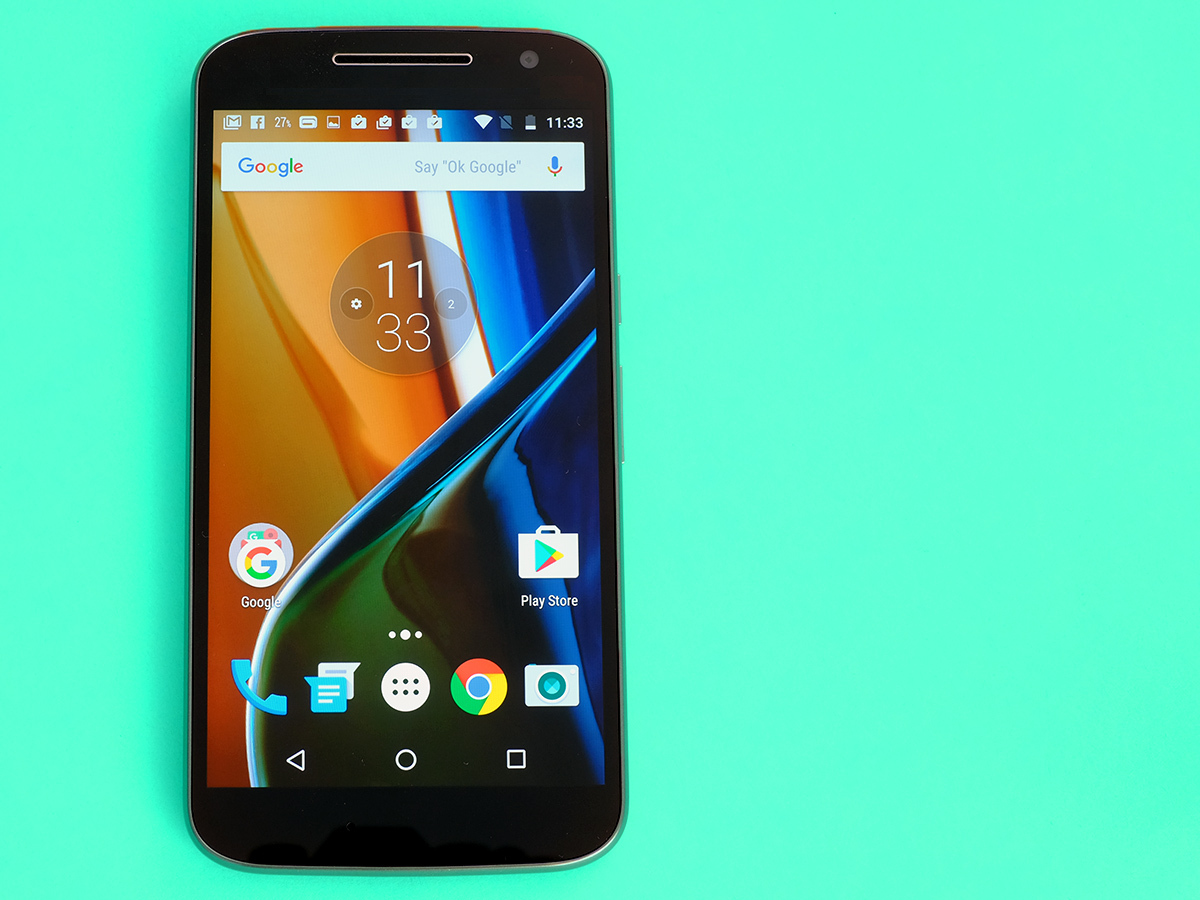
No big surprise here: if we’re picking a cheap phone to pop in our pockets, it’s the Moto G4. We applaud the Honor 5C for delivering some strong specs in a less expensive package, and it has some nice perks, including a mostly nice camera, mostly nice screen, and mostly nice performance.
Notice all the qualifiers? Well, that’s what saving £20 gets you: small compromises. At £150, we imagine you’ll be perfectly pleased if you choose the Honor 5C. But for another 20 quid, you might as well snag the Lenovo Moto G4, where there’s much less need to justify the quality based on the price point.
The Moto G4 would still be a great phone even at a slightly boosted price, but we wouldn’t say that for the Honor 5C: it’s simply a very good piece of hardware for £150. Go with Moto – it’s worth the very tiny extra investment.
Verdict: Lenovo Moto G4
Check this out › the 10 best phones in the world right now
